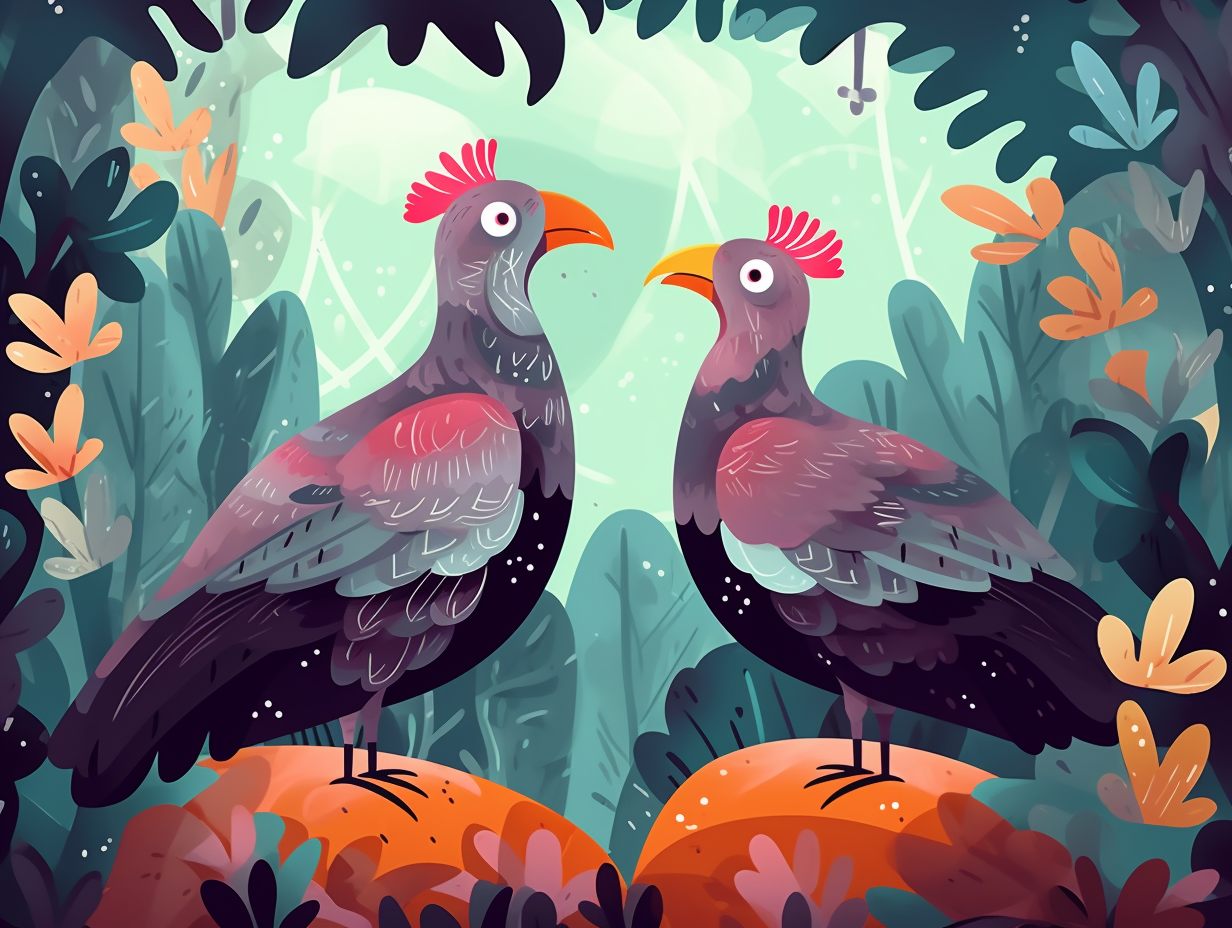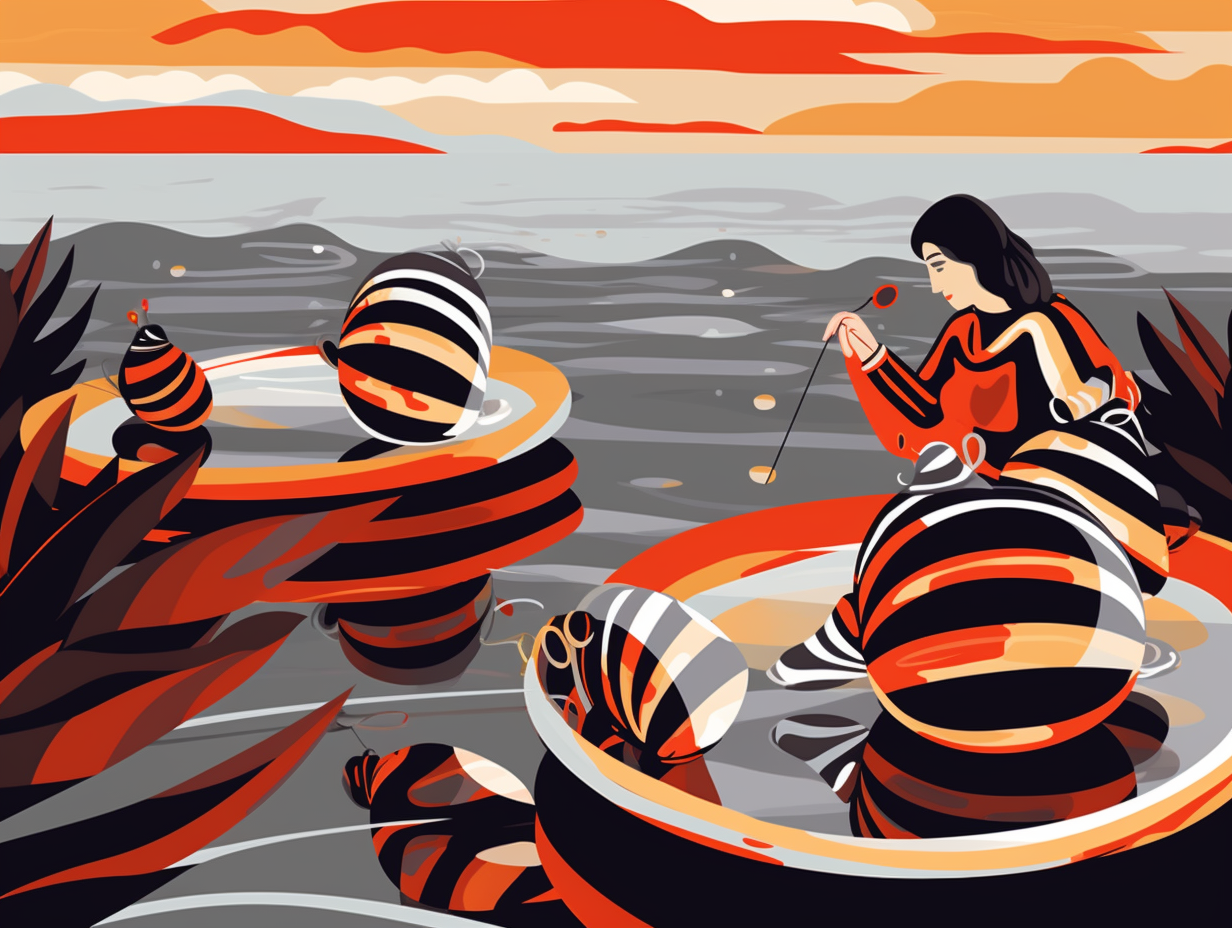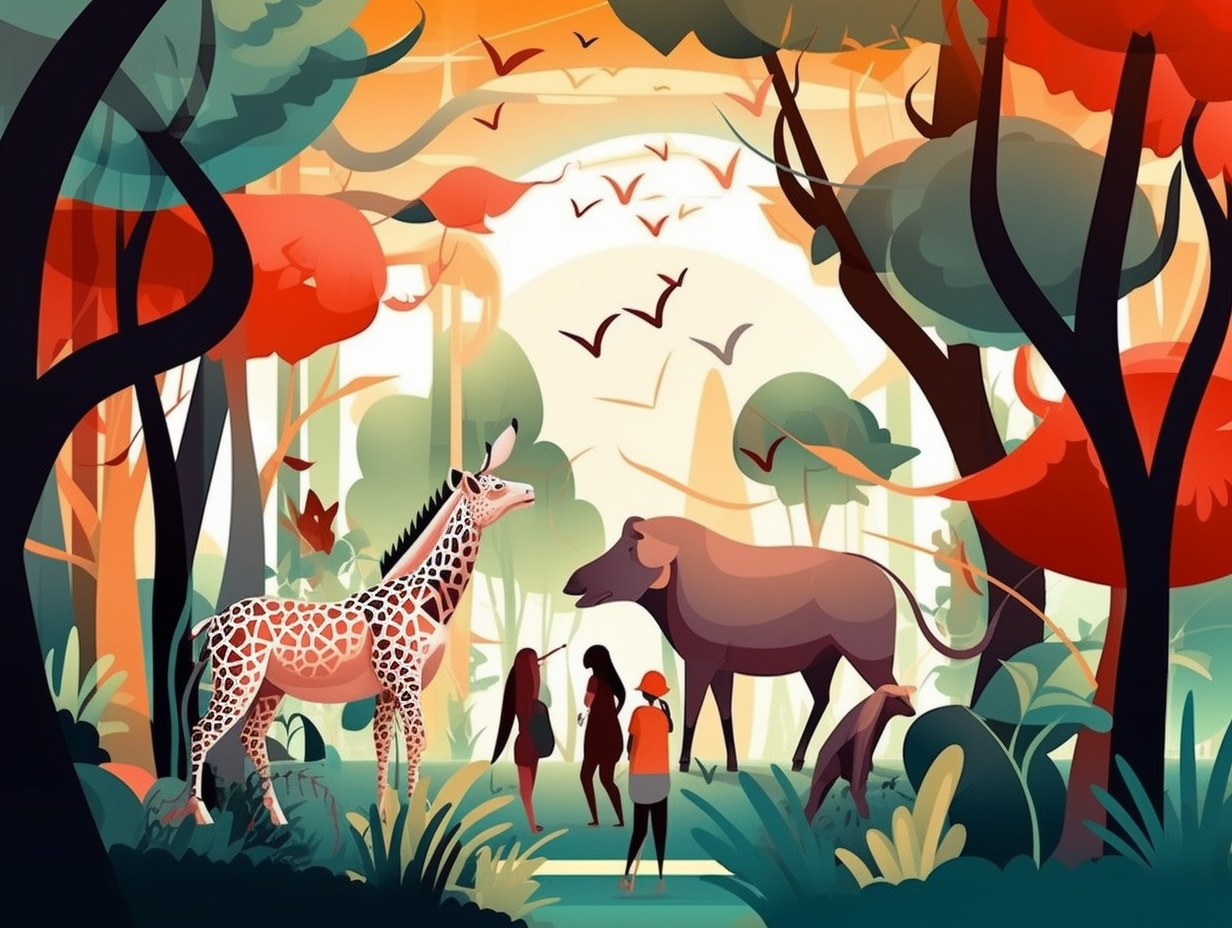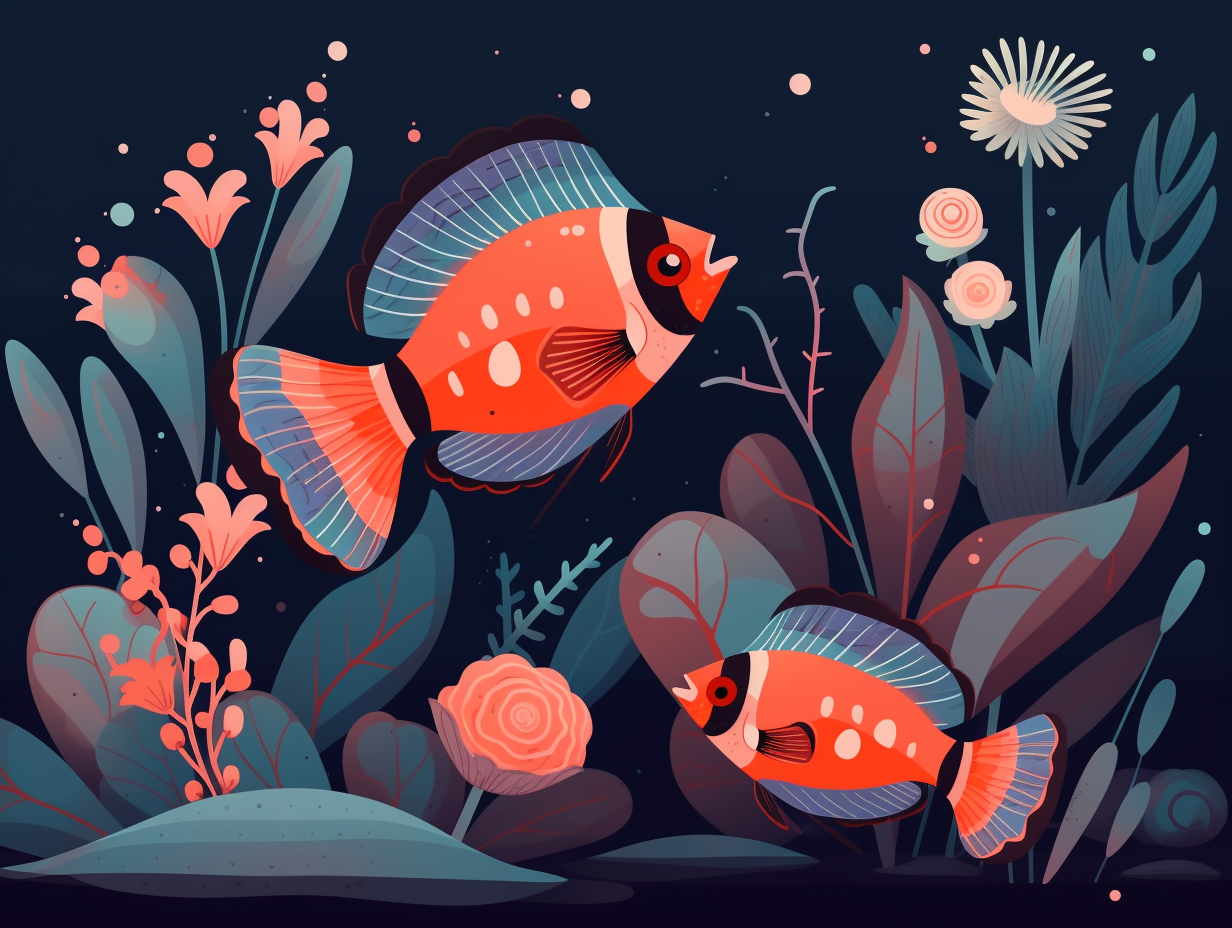Discover the Wild Side: Top 19 Unbelievable Animal Fun Facts You Didn't Know!
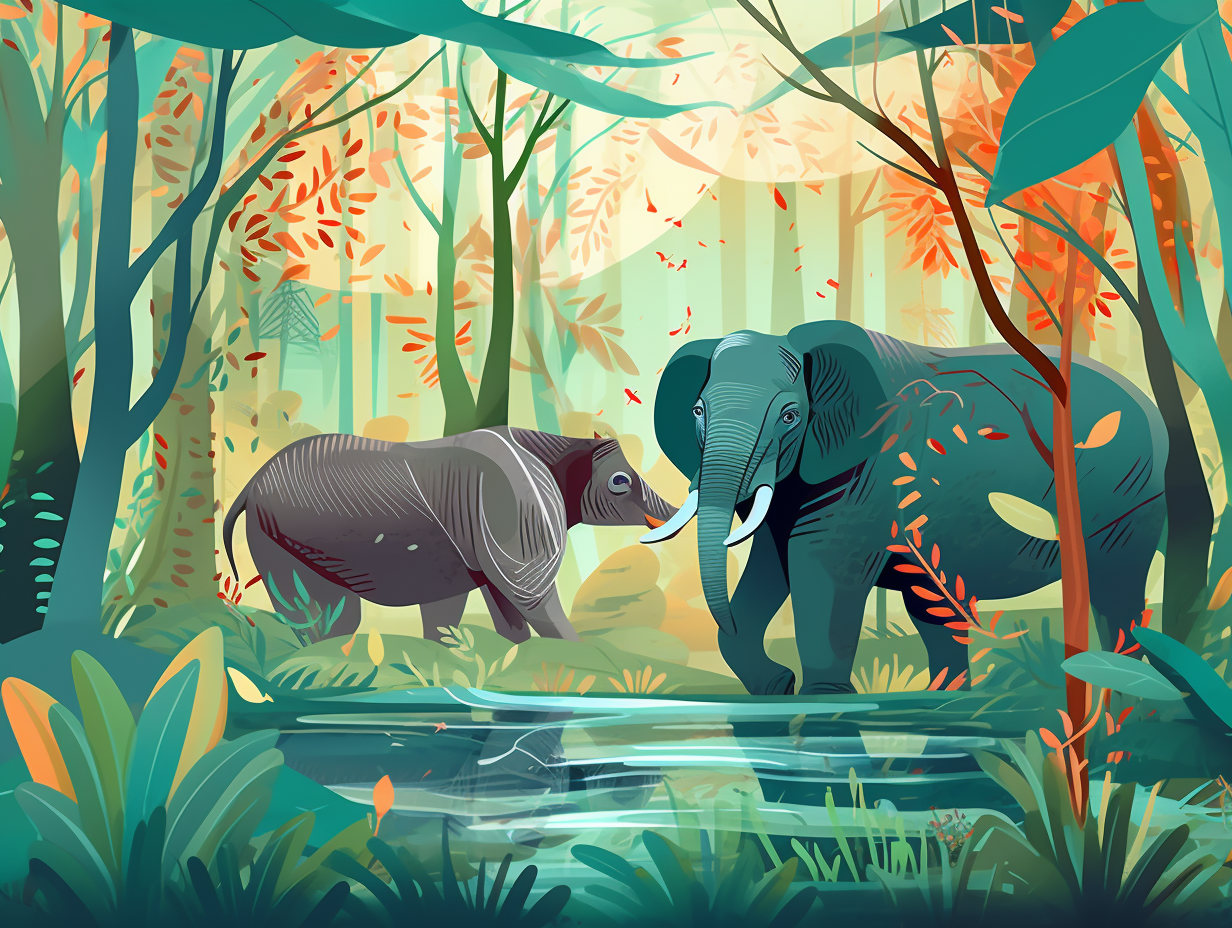
1. Honey Bee Hustle
In an impressive display of work-hard, sting-hard (but only when they must), honey bees put in back-breaking hours to stock up on their liquid gold, only to be rewarded with the life expectancy of a mayfly: A single worker bee lives for a mere six weeks, during which she produces just 1/12th teaspoon of honey and can travel three miles away from her hive. Collectively, however, a hive can clock in a whopping 40,000 miles to accumulate one pound of honey. And as for the males? They get to sting once, mate with the queen, and then promptly meet their maker.
Source => trubeehoney.com
2. Sloth Smirk
Move over Blue Steel, enter the Sloth Smirk: Sloths possess limited facial muscles that restrict their ability to make expressions, yet their unique fur markings grant them an eternal, charming smile – a delightful blend of minimal muscle mass and perfectly positioned fur patterns.
Source => slothspeaks.com

Discover the surprising spa-like relationship between birds and ants! Over 200 bird species use ants for their natural exfoliation and parasite-fighting skills, leading to a unique, mutually beneficial interaction. Curious? Dive into this unexpected love story!
=> Fun Facts about Nature
3. Dolphin Spot Delay
Hey, ever heard the saying "no spots before their time?" Yeah, neither have we – but Atlantic spotted dolphins sure do live by it: These youngsters are born as sleek, dark gray dolphins without the eponymous spots, mimicking slender bottlenose dolphins until they grow older and finally earn their spotty reputations, making them the distinctive species we know and love.
Source => fisheries.noaa.gov
4. Shark Weather Wizards
Ready to feel the pressure? Sharks are nature's storm-chasing meteorologists, and they don't need apps, weather stations, or flipped-over cows to predict a storm brewing: These underwater forecasters can actually detect changes in barometric pressure to anticipate the arrival of a tempest. Thanks to their sensory superpowers like their lateral line system and inner ear, sharks can sense environmental changes and react accordingly. Some daredevil sharks, like the tiger sharks after Hurricane Matthew in 2016, even play scavenger in shallow waters, feasting on storm-leftovers.
Source => sharkangels.org

5. Hibernating Pythons
When ball pythons aren't busy playing with their favorite bouncy toys or napping in kid's ball pits, they're pulling off their best tortoise impressions: Hibernating throughout the colder months, these slithery snoozers slow their metabolism to a crawl and can survive without meals for months on end, all while letting their body temperature match the thermostat of nature's frigid embrace.
Source => oddlycutepets.com
6. Octopus Camouflage
Octopuses, the original shapeshifters and masters of disguise, could give any wizard or chameleon a run for their money with their unparalleled wardrobe of skins: Sporting an intricate network of chromatophores, nerves, and muscles, these color-changing cephalopods can instantaneously blend in with their surroundings and elude their predators in the blink of an eye.
Source => apnews.com
7. Elephant GPS
Forgetful elephants who need a GPS? You must be mistaking them for another species: Elephants actually have an extraordinary long-term memory, capable of recollecting the whereabouts of water, food, and safe migration paths even after decades apart from their herd members, although their short-term memory isn't quite as impressive.
Source => smorescience.com
8. Donkey's Long-Distance Call
Cancel the trip to Howl's Moving Castle, you've got your very own decibel destroyer right here!: A donkey's powerful braying can be heard from up to 1.75 miles away, allowing them to communicate across vast desert distances effortlessly.
Source => dyno-mutt.blogspot.com
9. Cow Memory Showdown
Holy cow, Batman, who knew bovines could rival elephants in the memory department? From remembering their calf's spot on the playground to holding a beef with a nemesis longer than a week-old pot roast, it's clear we've underestimated our mooing friends: Cows possess a remarkable spatial memory which enables them to recall important locations like their homes, migration routes, watering holes, and even retain grudges against people who have wronged them or their herd members. This exceptional memory helps them find their way back home even after being sold at auction. Who said cows aren't a-moo-sing intellectual creatures?
Source => cowism.com

10. Giraffe's Multi-Tasking Tongue
Ever witnessed a giraffe practicing ear-robics and nosing around in its spare time? Well, it's not just horsing - er, giraffing - around for fun: This long-necked wonder of the animal kingdom wields an impressive tongue that stretches up to 53cm in length, skillfully deploying it to not only snatch up tasty leaves from the treetops but also to clean its own ears and nose, reaching those pesky and remote spots with enviable ease.
Source => ivoryhearing.com.au
11. Hummingbird Speed Dating
Fasten your seatbelts, folks, because Anna's hummingbirds are giving fighter jets a run for their money with their love-fueled aerial acrobatics: These tiny avian daredevils can reach a jaw-dropping speed of 90 feet per second during courtship dives and withstand centripetal accelerations nearly nine times greater than gravitational acceleration.
Source => birdsandblooms.com
12. Penguin Fat Attraction
Who needs a pick-up line when you've got body fat? Male penguins have got it down to a fine art – or rather, a fine call: Research suggests that the pitch consistency of a male penguin's vocalizations reveals his body fat, making chubbier males more desirable to females as they can incubate the eggs for longer and use up their fat stores, ultimately increasing their chances of a successful breeding season.
Source => livescience.com
13. Heartless Sea Creatures
Hearts? Who needs them! Apparently, not some celebrities at award shows and definitely not starfish, jellyfish, and corals: These fascinating sea creatures rely on their cilia – tiny hair-like structures – to extract oxygen from water, living just fine without a heart.
Source => frontiersin.org
14. Mantis Love Wrestling
In the surprisingly vicious world of dating game shows: Praying Mantis Edition, male contestants must wrestle their potential mates, with the stakes being life, death, or a steamy love affair! Factual takeaway: Over half of the springbok mantis pairs studied at the University of Auckland fought within their first 12 hours together, and if the male won, copulation commonly occurred; however, a victorious female proved to be a femme fatale, as she always cannibalized the male.
Source => newscientist.com
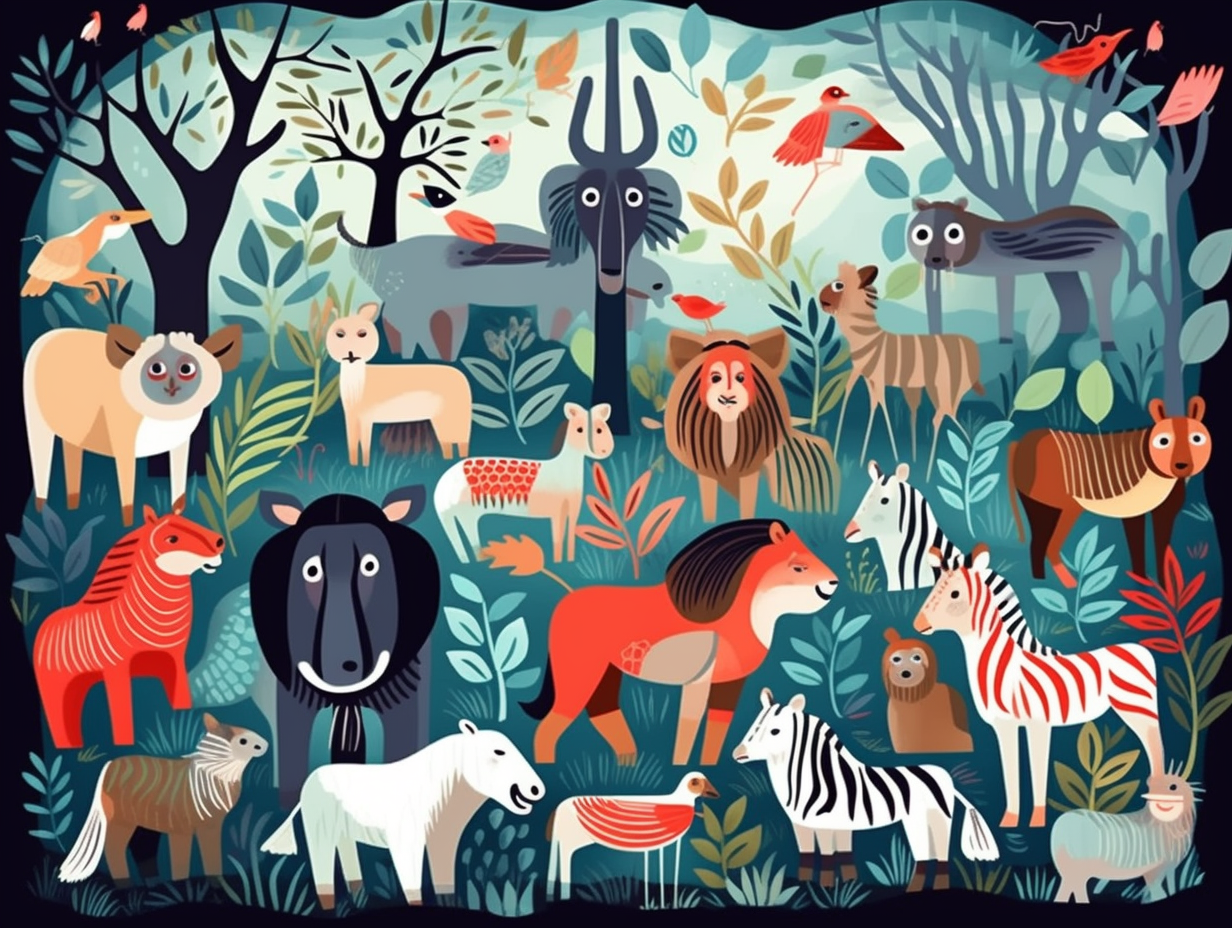
15. Wallace's Olympic Flying Frogs
Who needs parachutes when you're a fabulous frog?: Meet Wallace's flying frog, a crafty amphibian that not only glides gracefully through the air, but also sticks the landing like an Olympic gymnast thanks to specialized toepads and skin folds, letting it glide up to 50 feet from high perches and securely grip tree surfaces upon arrival.
Source => animaldiversity.org
16. Chameleon Multi-Tasking Eyes
Keep your eye on the prize, or rather, prizes: chameleons can literally watch two things at once! These masters of multitasking can visually track two targets simultaneously, one with each eye, as shown in a study involving chameleons and two small moving targets. Needless to say, their smooth, monocular tracking game is on point, putting the rest of the animal kingdom to shame.
Source => pubmed.ncbi.nlm.nih.gov
17. Butterfly Fruit Tasting
Ever find yourself fancying a fruit cocktail and realize you've got some competition in the garden? Turns out you're not alone: Red Admiral butterflies use their legs and proboscis to taste for sugars in windfall or over-ripe fruits, and their specialized contact-chemoreceptors help determine if it's worth indulging in a fruity feast – fermented or not!
Source => rcannon992.com
18. Spider Karaoke Nights
When the World Wide Web just doesn't cut it, spiders have their eight-legged karaoke nights to stay connected: these tiny web architects sense and communicate with each other by tapping and analyzing the vibrational frequencies emitted from their different strands of intricate silken constructions, allowing them to navigate surroundings and catch their prey, although they still get entangled in their own eight-legged rivalries.
Source => newscientist.com
19. Male Seahorse Birth
Hold your horses, or should we say, seahorses: Male seahorses boast a pouch that houses and nourishes developing embryos, ultimately giving birth by contracting large skeletal muscles around the pouch opening, defying the oxytocin-based methods of mammals and reptiles.
Source => sydney.edu.au
Related Fun Facts















